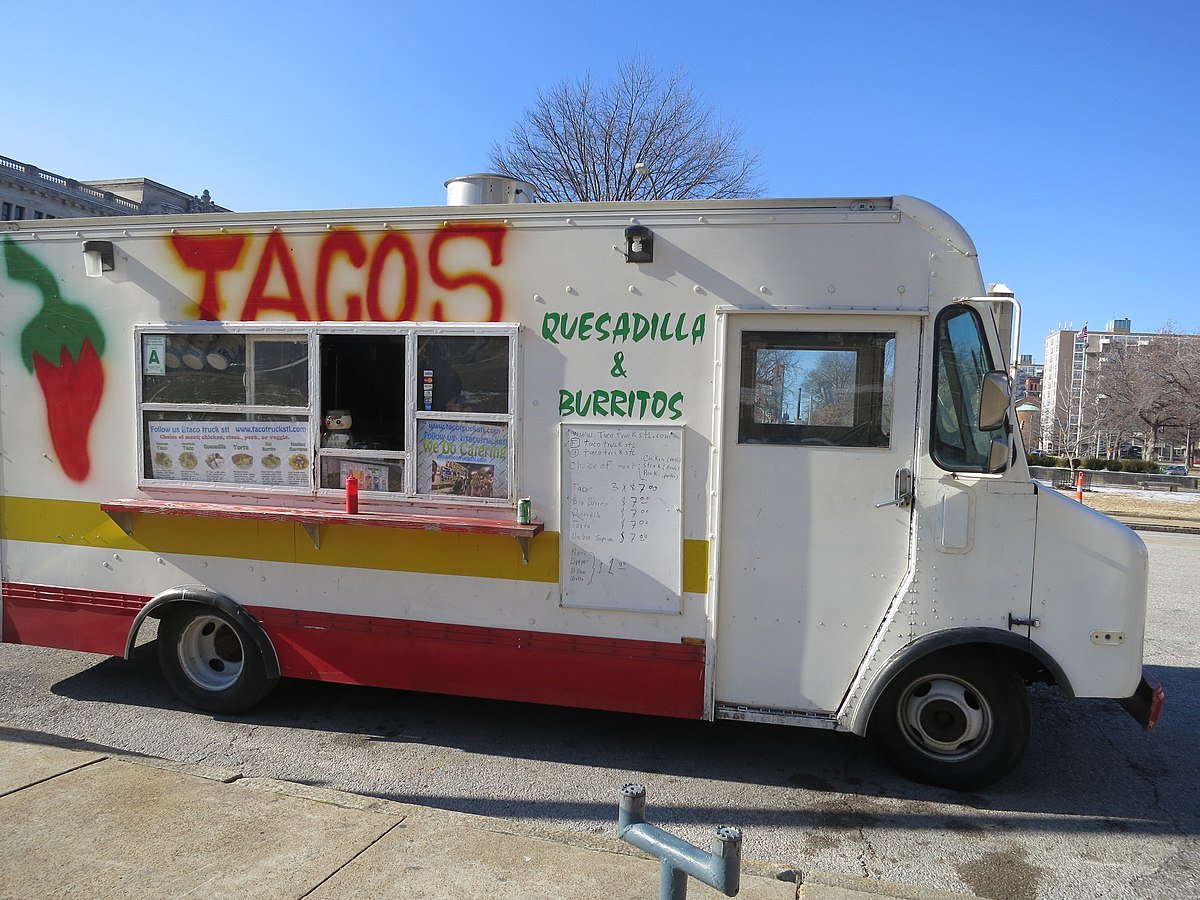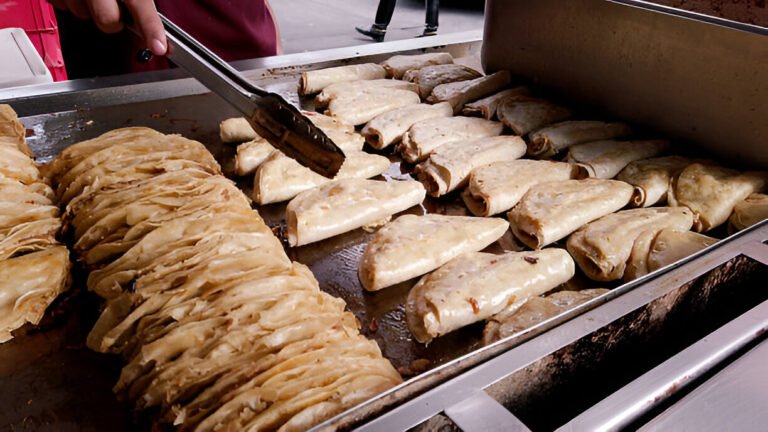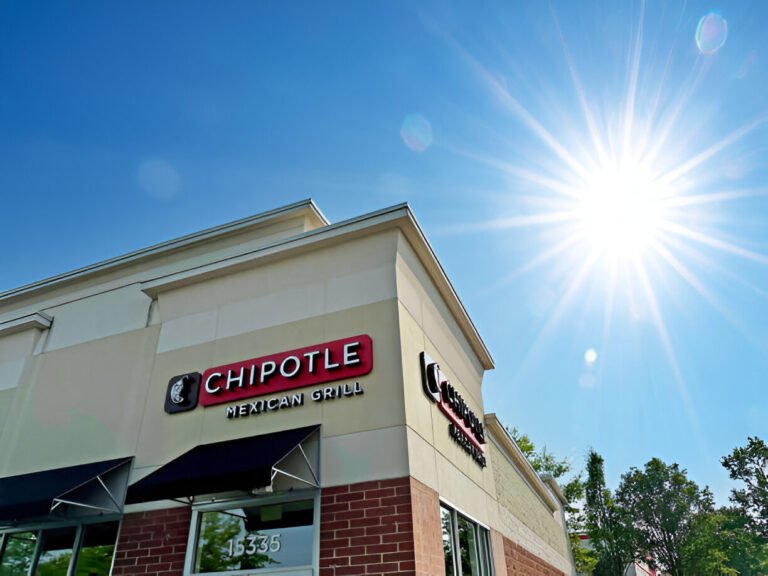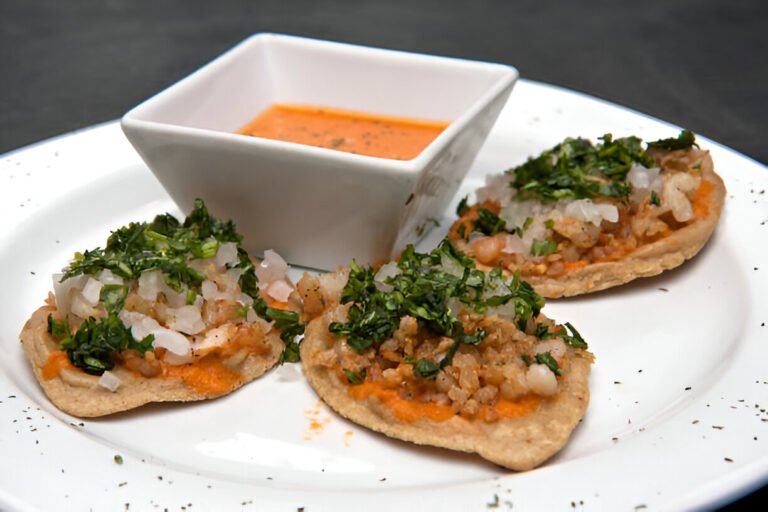How Much Revenue Does a Taco Truck Make? Let’s Break It Down
Taco trucks are mobile eateries serving delicious Mexican food. They’ve found a special spot in the food industry.
These mobile eateries have charmed food lovers far and wide, but have you ever wondered how much revenue a taco truck makes?
As an experienced cook and food blogger, I’ve enjoyed visiting these mobile eateries. I’ve also chatted with some food truck owners and experts.
The Total Revenue A Taco Truck Makes
A taco truck’s total revenue [1] can range from $20,000 to $42,000 monthly, translating to an impressive $250,000 to $500,000 yearly. These numbers highlight the immense potential of the taco truck business.
A marketing specialist I interviewed said taco truck revenue can vary. It depends on location, menu, marketing efforts, and how well the truck runs.
“Skills can be taught. The character you either have or you don’t have.”
– Anthony Bourdain, American Chef
A successful taco truck needs good strategies and a tasty menu. This can turn it into a thriving business. It will please customers and bring in profits.
Related Topics:
- How Much Does a Used Food Truck Cost?
- Jack In The Box Food Truck Series
- How Much Do Food Carts Cost?
- How Much Do Restaurants Make In A Day?
Factors Influencing Revenue Generation
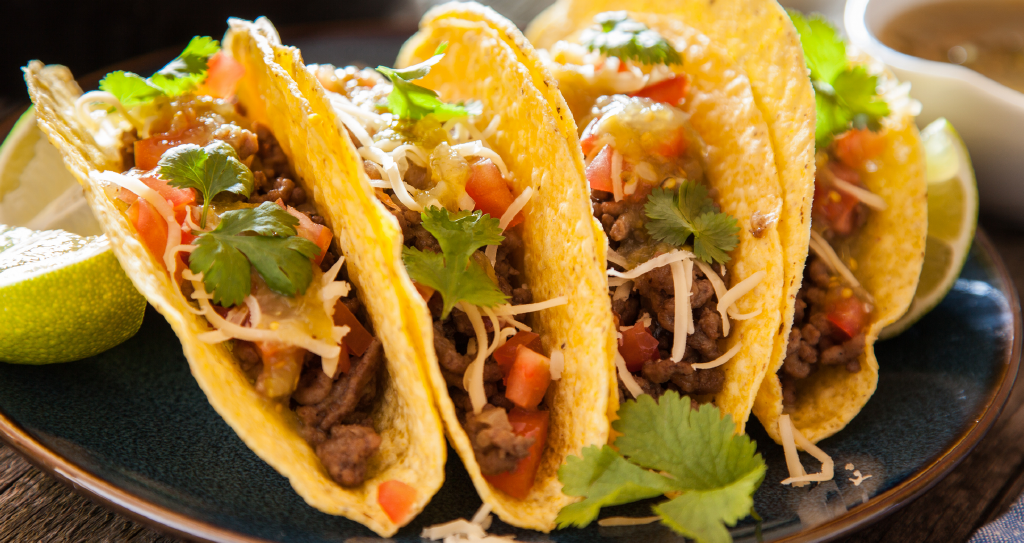
Menu Diversification & Innovation
I observed that a diverse and innovative menu can be a game-changer for a taco truck’s revenue.
The truck can reach a broader, more adventurous crowd by serving unique taco flavors. This includes fusion options and gourmet toppings.
Additionally, I learned that seasonal specials and limited-time offerings can create a sense of excitement and urgency, encouraging customers to keep coming back for more.
However, it’s essential to strike a balance and keep the menu simple. More options can lead to longer wait times and increased operational costs, potentially affecting revenue negatively.
| Find out the trends in the food and beverage industry. |
Utilizing Social Media & Online Marketing
A robust online presence is crucial for a taco truck’s success in today’s digital age. Social media platforms and online marketing can boost visibility and reach a broader audience.
In an interview with a food truck owner, I learned that engaging content, vibrant food photos, and enticing promotions boosted their sales. These strategies also built a loyal following.
The truck can build trust by engaging with customers online. It should respond to feedback to enhance its reputation.
Collaborating with Local Events & Businesses
A taco truck can benefit from collaborating with local events and businesses.
Joining food festivals, concerts, and community events can help the truck reach more people and boost sales.
Also, working with local businesses for catering can create new ways to earn money. By becoming an integral part of the local community, the truck can establish a strong presence and loyal customer base.
However, you need to choose collaborations wisely and ensure they align with the truck’s brand and target market. Poorly planned partnerships may not yield the desired results and could impact revenue negatively.
| Check out: Restaurant Industry Statistics |
Outstanding Customer Service
Outstanding customer service is the heart of any successful food business, and taco trucks are no exception.
As a customer, I know that friendly service makes dining enjoyable. It’s an experience people remember and talk about.
Word-of-mouth recommendations and positive reviews can increase foot traffic and revenue [2].
Moreover, building relationships with regular customers fosters loyalty, ensuring repeat business and consistent revenue.
Conversely, paying attention to customer service can result in positive reviews and satisfied patrons, while ignoring it can lead to lost revenue and a tarnished reputation.
Monitoring & Analyzing Key Performance Indicators (KPIs)
Data-driven decision-making is a vital aspect of revenue optimization for taco trucks.
The marketing specialist said that by tracking key performance indicators (KPIs) like sales volume, busy hours, and popular menu items, the food truck can spot trends and find ways to improve.
Changing the menu, staffing, or marketing strategies can boost revenue.
Neglecting KPIs or not analyzing data can lead to missed chances, waste, and lost revenue.
Controlling Food & Ingredient Costs
Effective cost control is essential to maintaining a healthy profit margin for a taco truck.
Sourcing high-quality ingredients at competitive prices and minimizing waste can lead to higher profitability.
Managing costs well helps keep food quality high. This way, the truck can offer competitive prices and still make money.
On the other hand, overlooking cost control measures can erode profits and impact the overall revenue potential.
Efficient Inventory Management
Based on the food truck owners I interviewed, optimizing inventory management is crucial for a taco truck’s financial health.
They cut waste and prevent overstock by predicting demand and managing stock levels well.
I found that fast inventory turnover lowers food costs and cuts overhead. This change boosts revenue.
Poor inventory management can lead to spoilage, tying up capital, and reducing profit margins.
Optimizing Staffing & Labor Expenses
Balancing staff levels based on customer demand is key for saving costs and boosting revenue.
Food truck owners stressed that having enough trained staff during busy times leads to quick service. This results in happier customers and possibly more tips.
Properly trained employees can also upsell and cross-sell, boosting average ticket sales [3]. On the other hand, overstaffing during slow periods can lead to unnecessary expenses and reduced profitability.
Also, poor training can lead to bad service. This can hurt revenue and the dining experience.
Adapting to Market Changes & Customer Preferences
Adaptability is vital to the long-term success of a taco truck.
The food industry is always changing. Customer preferences, dietary trends, and market dynamics shift regularly.
Taco trucks that adapt to changes can beat the competition. By adjusting their menu, offerings, and marketing, they can attract new customers.
The truck can adjust its offerings by asking for customer feedback and watching industry trends. This helps meet the needs of its target market.
Average Profit Margin
The average profit margin for a taco food truck typically falls between 3% and 5% but can reach up to 10% to 20%.
To have a healthy profit margin, you need to manage costs well, run operations efficiently, and balance your pricing strategy.
Successful taco trucks can build a strong and profitable business. They should keep overhead costs low and find ways to increase revenue.
How Much Does It Cost to Start a Taco Food Truck Business?
Starting a taco food truck business can require an initial investment of $50,000 to $100,000.
Costs include:
- Buying or customizing the truck
- Getting permits and licenses
- Purchasing kitchen equipment
- Stocking initial food inventory
While the upfront investment can be substantial, a well-executed business plan and dedication can yield rewarding returns.
What Are the Most Profitable Locations for a Taco Food Truck?
The most profitable locations for a taco food truck are high-footfall areas with a diverse customer base. Busy downtowns, office complexes, universities, entertainment venues, and food festivals are prime spots.
“Taco trucks have become a beloved fixture of the culinary landscape.”
–Joe Marthin- Actor
Targeting events and working with local businesses can boost visibility and revenue.
What Are the Biggest Challenges Faced by Taco Food Truck Owners?
- Finding the right places with a lot of foot traffic is key to attracting customers [4]. However, competition for these spots can be tough. You need quick thinking and smart planning to stay ahead.
- With the rising popularity of food trucks, the market has become highly competitive. Differentiating their offerings, branding, and marketing strategies is crucial to stand out and attract loyal customers.
- Weather conditions add an unpredictable element to their daily operations. The weather can significantly impact foot traffic and sales, from scorching summer heat to unexpected rainstorms.
FAQs on Taco Truck’s Revenue and Sales
What kind of food truck makes the most money?
Food trucks that focus on popular foods like tacos, burgers, and gourmet sandwiches usually make more money. This is because they attract many customers with their unique dishes.
What food truck has the highest profit margin?
Barbecue food trucks have high profit margins. They use cost-effective ingredients and serve many customers efficiently. It leads to a lucrative balance between costs and pricing, driving their profitability.
What is the failure rate of food trucks?
Food trucks have a failure rate between 40% and 60%. This varies based on location, menu variety, marketing, and management.
How can I increase revenue during slow seasons?
To increase revenue in slow seasons, try using promotions and limited-time specials. Also, collaborate with local events and businesses to meet changing customer needs.
Is it possible to operate a Taco Food Truck as a part-time venture?
Yes, running a Taco Food Truck part-time is a good choice. It offers flexible hours and lets you test the market. Just make sure to check local rules and location options before starting.
Key Takeaways
Taco trucks have significant revenue potential, with monthly earnings ranging from $20,000 to $42,000 and annual income of $250,000 to $500,000.
Starting a taco food truck can cost different amounts. It’s important to plan well and be flexible. This helps you face challenges and make a profit.
With the right approach, a taco food truck can become a sizzling success story, delighting taste buds and filling the cash register.
References:
- https://www.investopedia.com/terms/r/revenue.asp
- https://www.bigcommerce.com/articles/ecommerce/word-of-mouth-marketing/
- https://blog.hubspot.com/sales/cross-selling
- https://www.businessnewsdaily.com/15760-choosing-business-location.html

Kathy is a restaurateur, artist, and blogger. After spending more than 10 years in the restaurant industry, she has decided to go digital and share her expertise and experience online.

